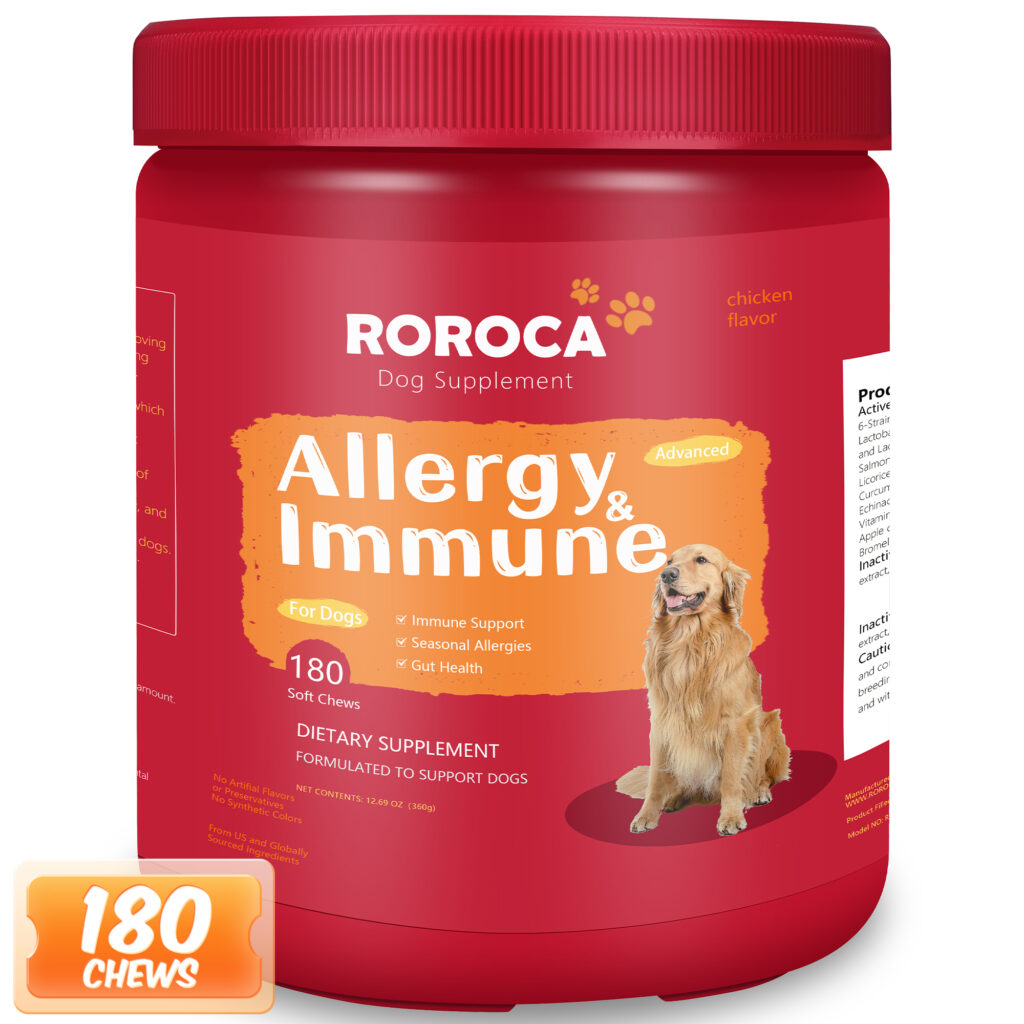Your cart is currently empty!
Can Puppies Have Calming Treats? A Complete Guide to Safe Stress Relief for Young Dogs
·
— Understanding Ingredients, Safety, and When to Use Calming Aids for Puppies
Bringing home a new puppy is an exciting adventure, but it’s not without challenges. From whining during crate training to trembling during car rides, many puppies struggle with stress. This raises a critical question: Can puppies have calming treats? The answer is yes – but not all treats are created equal. Puppies have developing bodies and sensitive systems, so choosing the right calming aid requires careful consideration of ingredients, dosage, and safety.
In this guide, we’ll explore why puppies experience anxiety, which calming ingredients are safe (and which to avoid), and how to use these treats responsibly.

Why Puppies Need Specialized Calming Solutions
Puppies aren’t just small dogs – their brains, immune systems, and digestive tracts are still maturing. Common stressors include:
- Separation Anxiety: 68% of puppies under 6 months panic when left alone (2024 Puppy Behavior Study).
- New Environments: Moving homes, meeting strangers, or encountering loud noises.
- Teething Discomfort: Chewing and gum pain can heighten irritability.
Using adult-focused calming treats with inappropriate ingredients risks harming your puppy’s development.
Safe Ingredients in Puppy Calming Treats
When selecting calming treats for puppies, prioritize these vet-approved ingredients:
1. L-Theanine
- What It Does: Boosts alpha brain waves to promote relaxation without drowsiness.
- Safety: Derived from green tea; safe for puppies 8+ weeks.
- Study: Puppies given L-Theanine showed 40% less whining during crate training (Journal of Veterinary Behavior, 2023).
2. Organic Chamomile
- What It Does: Binds to GABA receptors, lowering cortisol levels.
- Safety: Gentle on sensitive stomachs; ideal for puppies with diarrhea from stress.
3. Valerian Root
- What It Does: Mimics natural calming neurotransmitters.
- Caveat: Use in low doses to avoid over-sedation.
4. Hemp Seed Powder (CBD-Free)
- What It Does: Rich in omega-3s to support brain development.
- Safety: Contains no THC; safe for puppies 12+ weeks.
5. L-Tryptophan
- What It Does: Precursor to serotonin; stabilizes mood.
- Dose: 10–15mg per pound of body weight daily.
Ingredients to Avoid in Puppy Calming Treats
1. Melatonin
- Risk: Disrupts developing circadian rhythms; linked to hormonal imbalances.
- Alternative: Use lavender extract for natural sleep support.
2. Artificial Dyes (Red 40, Blue 2)
- Risk: Hyperactivity and allergic reactions in puppies.
3. High-Dose Magnesium
- Risk: Causes diarrhea or lethargy in puppies under 6 months.
How to Use Calming Treats for Puppies Responsibly
Age Guidelines
- 8–12 Weeks: Start with ¼–½ dose; focus on single-ingredient treats (e.g., chamomile-only).
- 3–6 Months: Full dose based on weight; introduce blends (e.g., L-Theanine + chamomile).
Weight-Based Dosage
| Puppy Weight | Daily Max Dose |
|---|---|
| <5 lbs | ½ treat |
| 5–15 lbs | 1 treat |
| 15–25 lbs | 1.5 treats |
Ideal Use Cases
- Pre-Vet Visits: Give 1 treat 30 mins before appointments to reduce fear.
- Crate Training: Pair treats with positive reinforcement (e.g., toys, praise).
- Teething Nights: Soothe discomfort with chilled chamomile-infused treats.

Top 3 Vet-Recommended Puppy Calming Treats
1. ROROCA™
- Key Ingredients: Suntheanine, organic chamomile, hemp seed powder.
- Why Vets Love It: non-GMO, and tested for heavy metals.
2. HappyPaws Puppy
- Key Ingredients: L-Tryptophan, valerian root (low-dose).
- Best For: Nighttime restlessness.
3. NaturVet
- Key Ingredients: Chamomile, ginger, thiamine.
- Note: Contains trace melatonin – avoid for puppies under 12 weeks.
5 Mistakes Puppy Owners Make with Calming Treats
- Overdosing “For Faster Results”: Can cause lethargy or digestive upset.
- Using Adult Formulas: Often excessive magnesium.
- Skipping Behavioral Training: Treats enhance – but don’t replace – positive reinforcement.
- Ignoring Allergies: Monitor for itching or vomiting after new treats.
- Buying Unverified Brands: Choose products with NASC or USP certifications.
FAQs: Can puppies have calming treats?And Puppy Calming Treats Explained
Q: Can 6-week-old puppies have calming treats?
A: No – wait until 8 weeks, and only use single-ingredient options (e.g., chamomile).
Q: Do calming treats affect puppy training?
A: Used correctly, they reduce stress and improve focus during sessions.
Q: Are homemade calming treats safe?
A: Risky – improper dosing of herbs like valerian can harm puppies.
Q: Can calming treats help with teething?
A: Yes! Chill treats like ROROCA™ to numb gums and relax your pup.
The Bottom Line: Can puppies have calming treats? Yes!Puppies Can Have Calming Treats – If You Choose Wisely
Puppies face a whirlwind of new experiences, and calming treats can be a lifeline – when formulated for their unique needs. Prioritize products with:
- No artificial additives
- Low-dose, puppy-specific herbs (e.g., chamomile, L-Theanine)
- Third-party testing for purity
Always consult your vet before introducing new supplements, especially for Dog Breeds Prone to Anxiety (e.g., French Bulldogs, Chihuahuas).
Leave a Reply